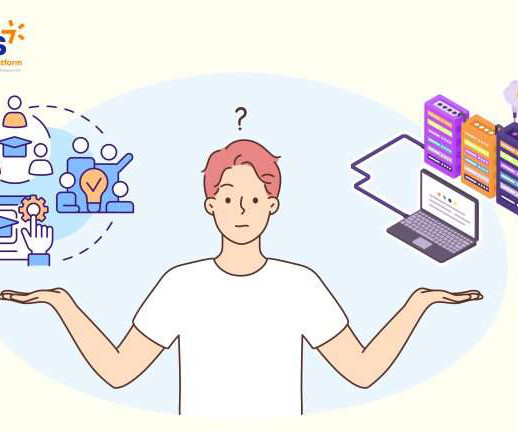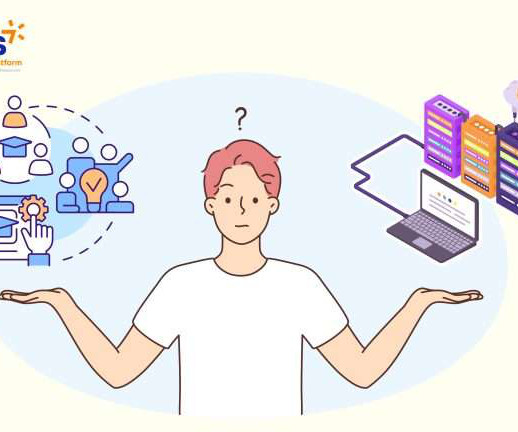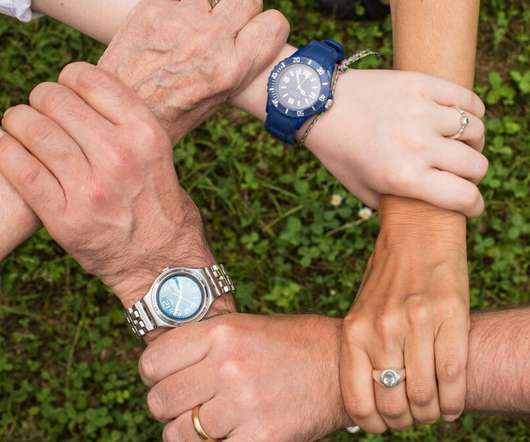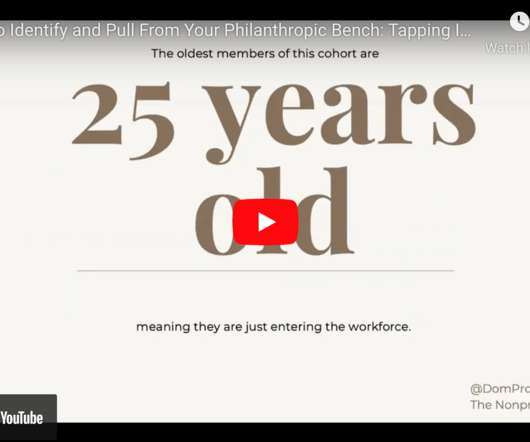Philanthropic collaboratives are finding ways to more effectively measure impact
Candid
MAY 13, 2024
In the United States, philanthropic collaboratives—entities that either pool or channel resources from multiple donors to nonprofits— collectively directed between $2 billion and $3 billion to a variety of grantees in 2021, and our research indicates that figure has grown since then.


















Let's personalize your content